Growing Mushrooms in Your Backyard: Tips and Edible Varieties

Mushrooms are a versatile and nutritious addition to any diet, but they can be expensive to purchase at the store. Luckily, growing mushrooms at home is relatively easy and requires only a small space. In this article, we'll explore how to grow mushrooms in your backyard or homestead, and highlight 10 edible varieties with unique qualities.
1. Shiitake mushrooms: Shiitake mushrooms are one of the most popular and widely cultivated edible mushrooms. They have a meaty texture and a rich, earthy flavor that makes them a popular ingredient in many dishes, including soups, stir-fries, and sauces. They can be grown on logs or hardwood sawdust.
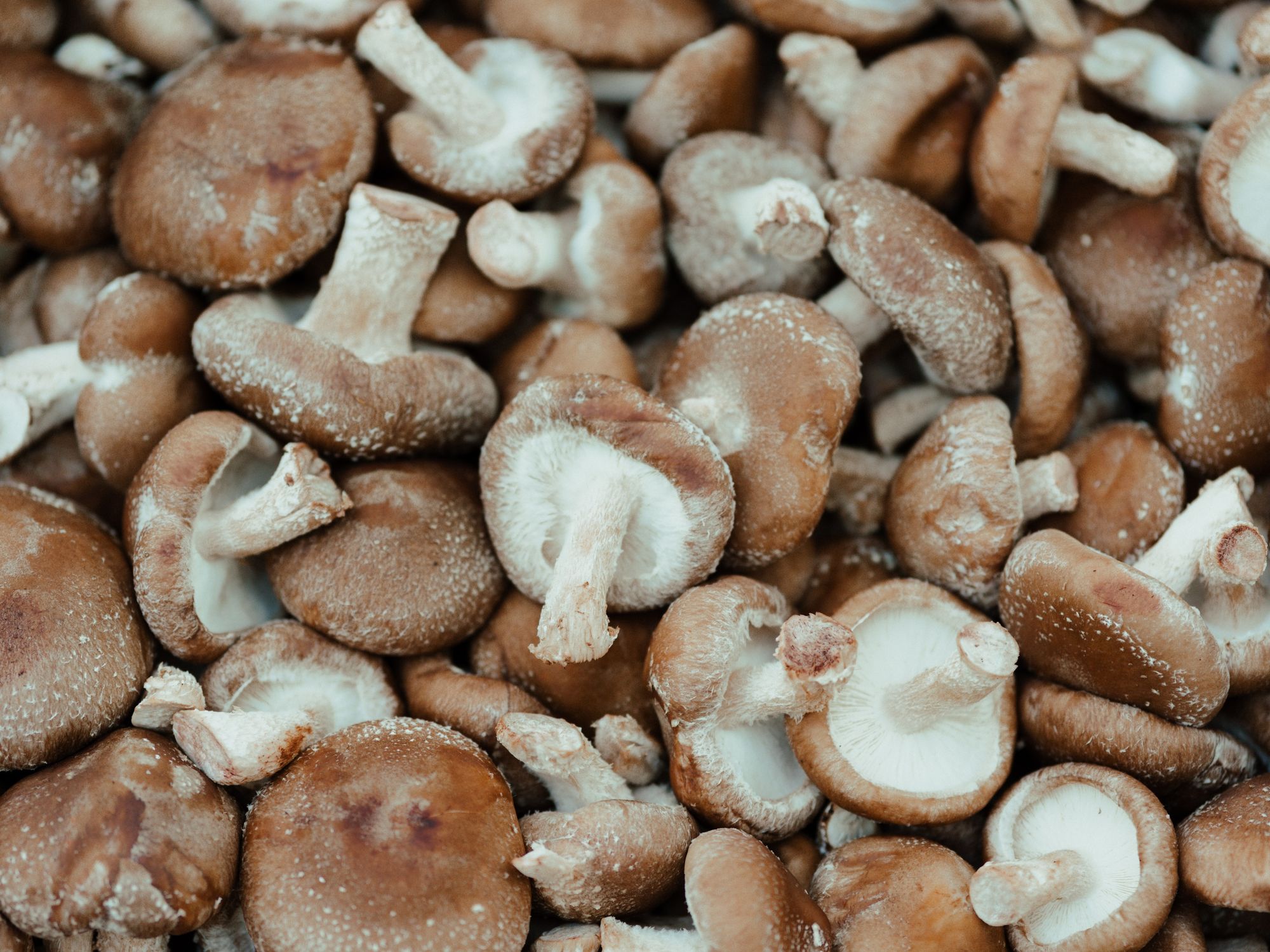
2. Oyster mushrooms: Oyster mushrooms are easy to grow and have a delicate, nutty flavor that pairs well with many dishes. They can be grown on a variety of substrates, including straw, sawdust, and coffee grounds.

3. Lion's Mane mushrooms: Lion's Mane mushrooms are prized for their unique appearance and flavor. They have a fluffy, white appearance and a sweet, nutty flavor that is reminiscent of seafood. They can be grown on logs or hardwood sawdust.
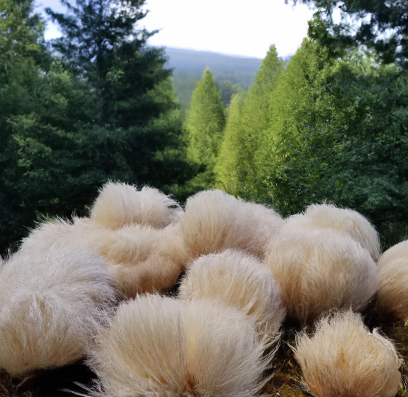
4. Enoki mushrooms: Enoki mushrooms are prized for their delicate, crisp texture and mild, slightly sweet flavor. They are often used in salads and stir-fries. They can be grown on a variety of substrates, including straw and sawdust.

5. Morel mushrooms: Morel mushrooms are highly sought after for their rich, nutty flavor and distinctive appearance. They are often found growing wild in forests, but can also be cultivated in a backyard setting.
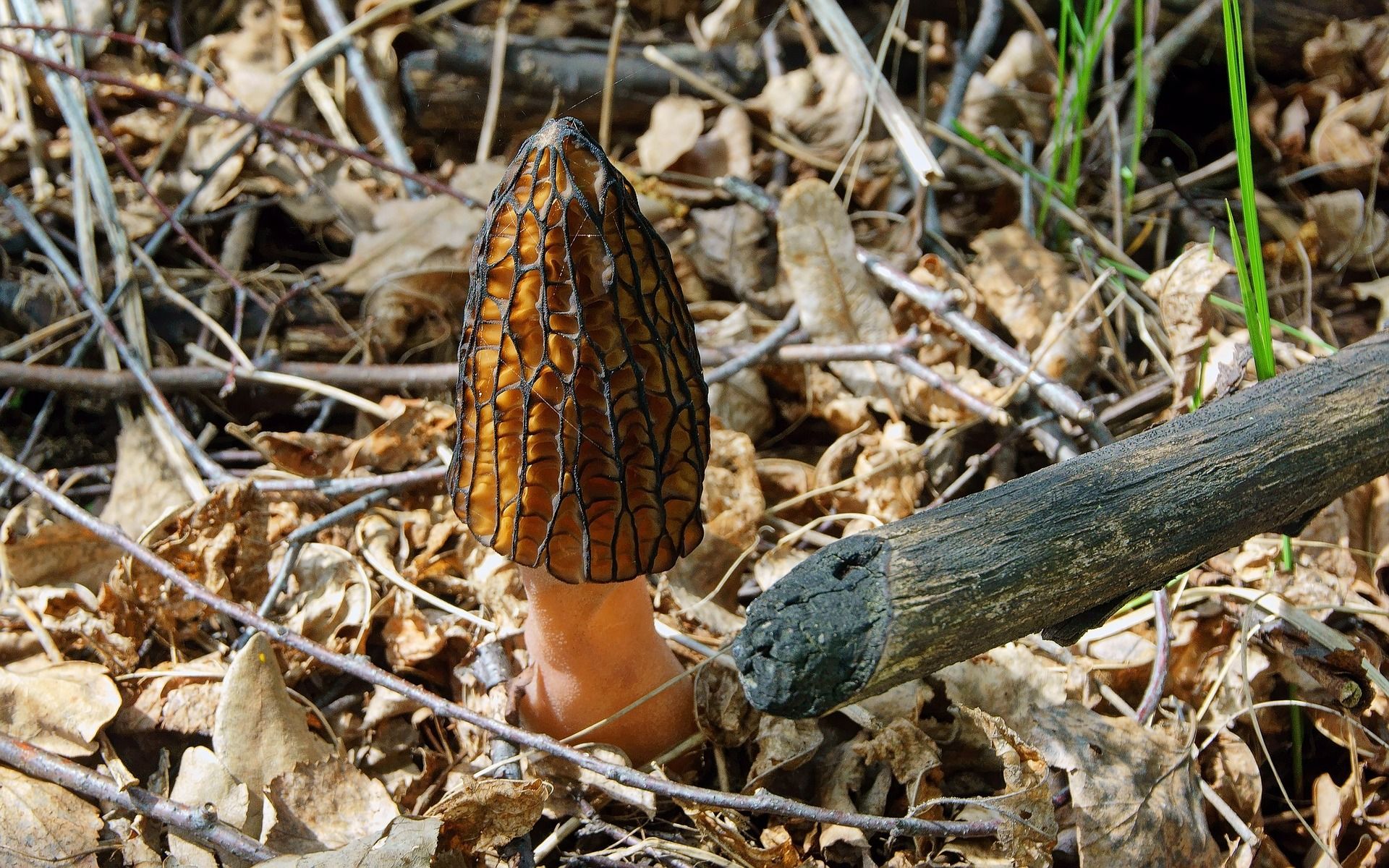
6. Button mushrooms: Button mushrooms are the most common type of mushroom found in grocery stores. They have a mild, earthy flavor and can be used in a variety of dishes. They can be grown on composted manure or a mixture of straw and chicken manure.

7. Portobello mushrooms: Portobello mushrooms are a large, meaty variety of mushroom with a robust, earthy flavor. They are often used as a meat substitute in vegetarian dishes. They can be grown on composted manure or a mixture of straw and chicken manure.
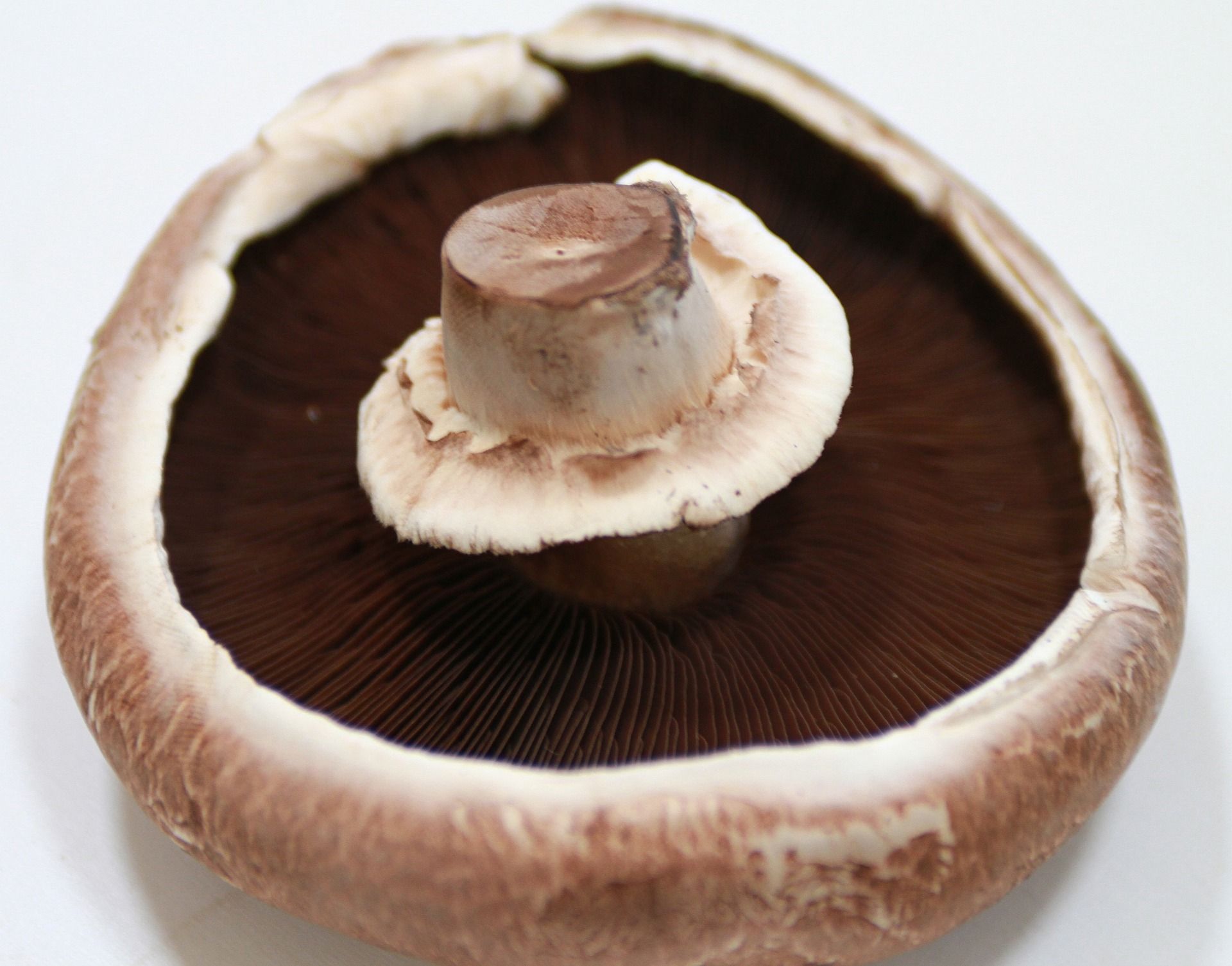
8. Reishi mushrooms: Reishi mushrooms are prized for their medicinal properties and have been used in traditional Chinese medicine for centuries. They have a bitter taste and woody texture, but can be brewed into tea or added to soups and stews.
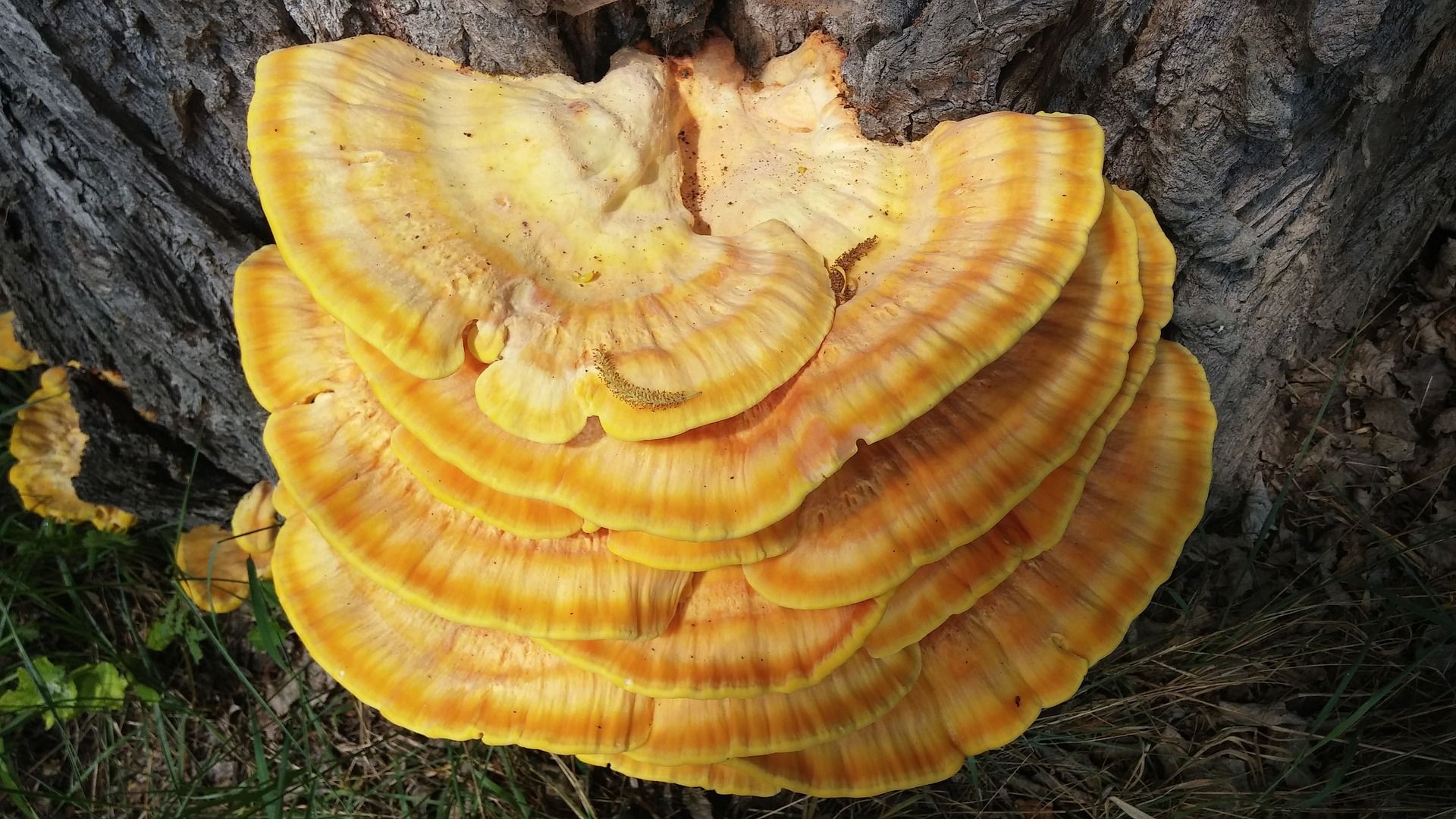
9. Maitake mushrooms: Maitake mushrooms are highly nutritious and have a rich, earthy flavor. They are often used in stir-fries and soups. They can be grown on logs or hardwood sawdust.
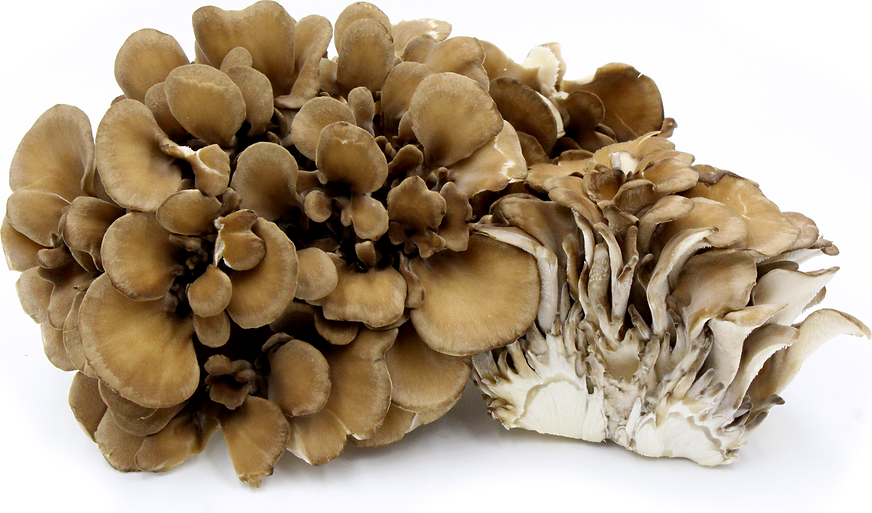
10. Chanterelle mushrooms: Chanterelle mushrooms have a unique, delicate flavor that is difficult to describe. They are often used in gourmet dishes and can be sautéed, roasted, or pickled. They can be grown on a variety of substrates, including hardwood sawdust.
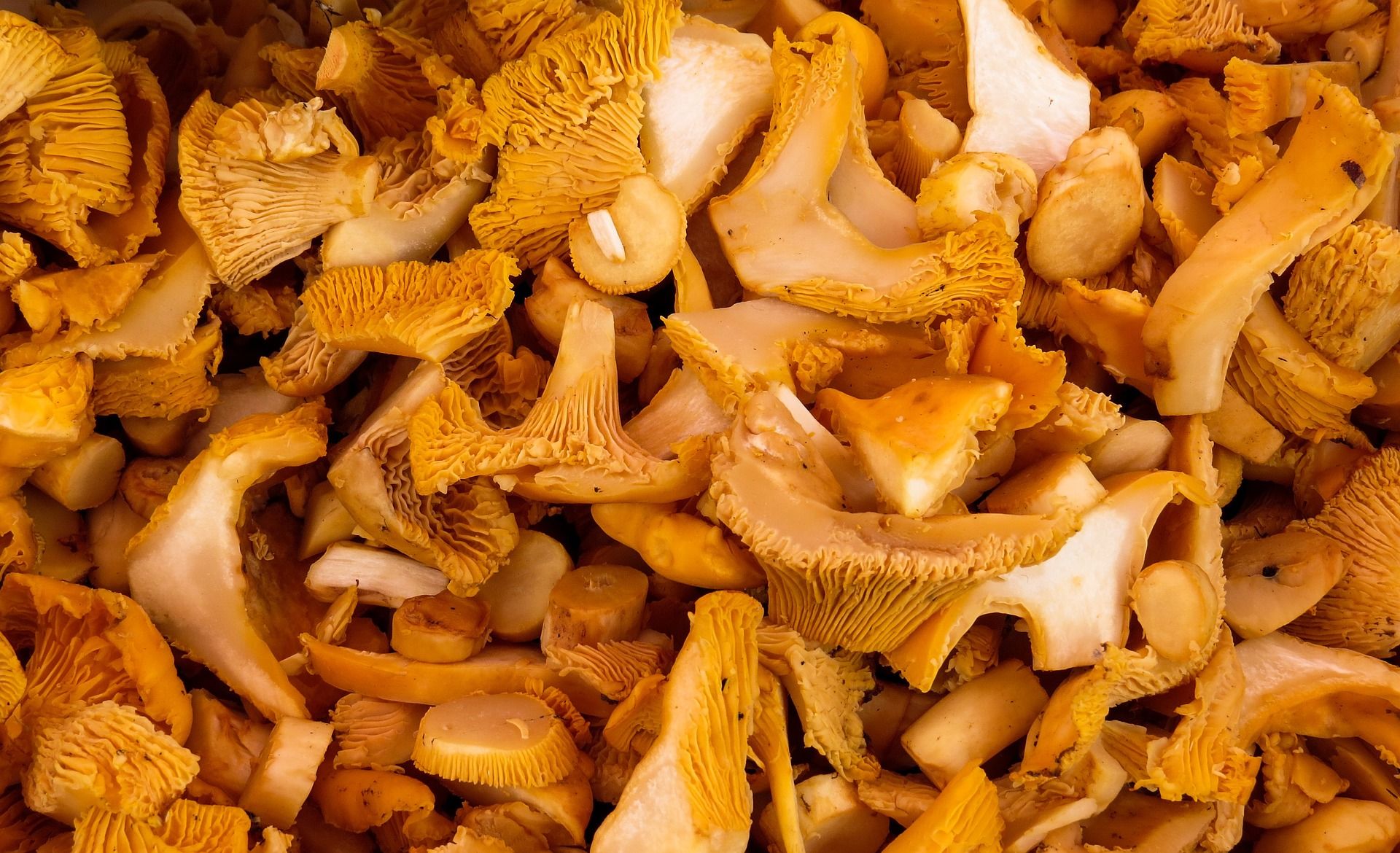
Tips for Growing Mushrooms:
1. Choose a suitable substrate: Different types of mushrooms require different substrates to grow on. Some mushrooms grow best on logs or hardwood sawdust, while others prefer straw or composted manure.
2. Keep the substrate moist: Mushrooms require a moist environment to grow. Depending on the substrate, you may need to water the mushrooms regularly to maintain the proper moisture level.
3. Provide proper ventilation: Mushrooms require good air flow to prevent the growth of mold and bacteria. Make sure your growing area has adequate ventilation.
4. Monitor temperature and humidity: Different mushrooms require different temperature and humidity levels for optimal growth. It is important to monitor these factors to ensure the mushrooms are growing in the right conditions. For example, shiitake mushrooms require a temperature range of 65-80°F and humidity of 85-95%.
5. Harvesting: The time it takes for mushrooms to mature and be ready for harvest varies depending on the variety. It is important to research the specific variety being grown to know when to harvest. Generally, mushrooms should be harvested when they have fully opened and the cap has separated from the stem.
In conclusion, growing mushrooms in a backyard or homestead setting can be a fun and rewarding experience. With the right equipment, growing medium, and knowledge of the specific variety being grown, anyone can grow their own delicious and nutritious mushrooms. By incorporating mushroom cultivation into a backyard or homestead, individuals can take another step towards sustainable living and self-sufficiency.
